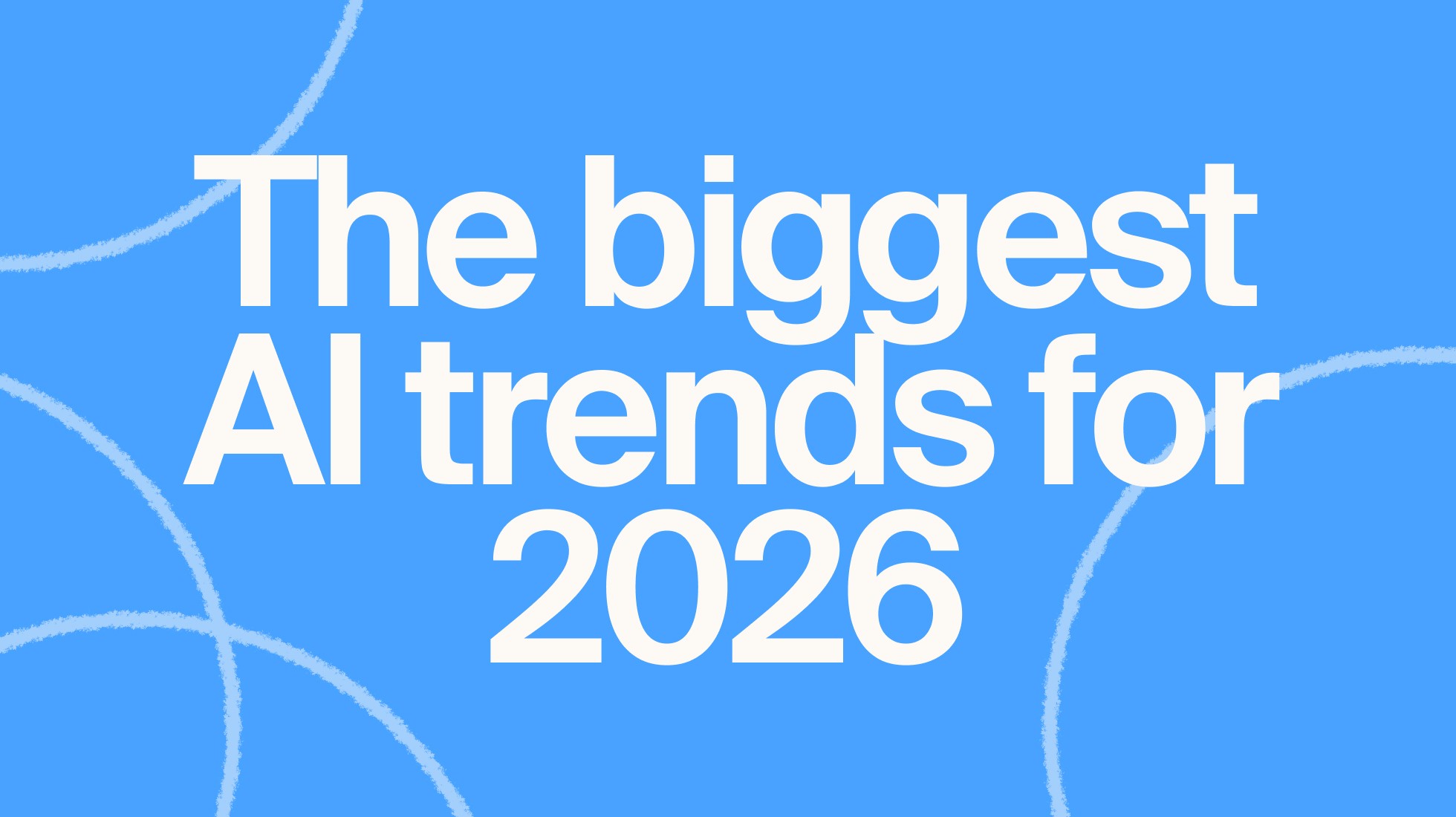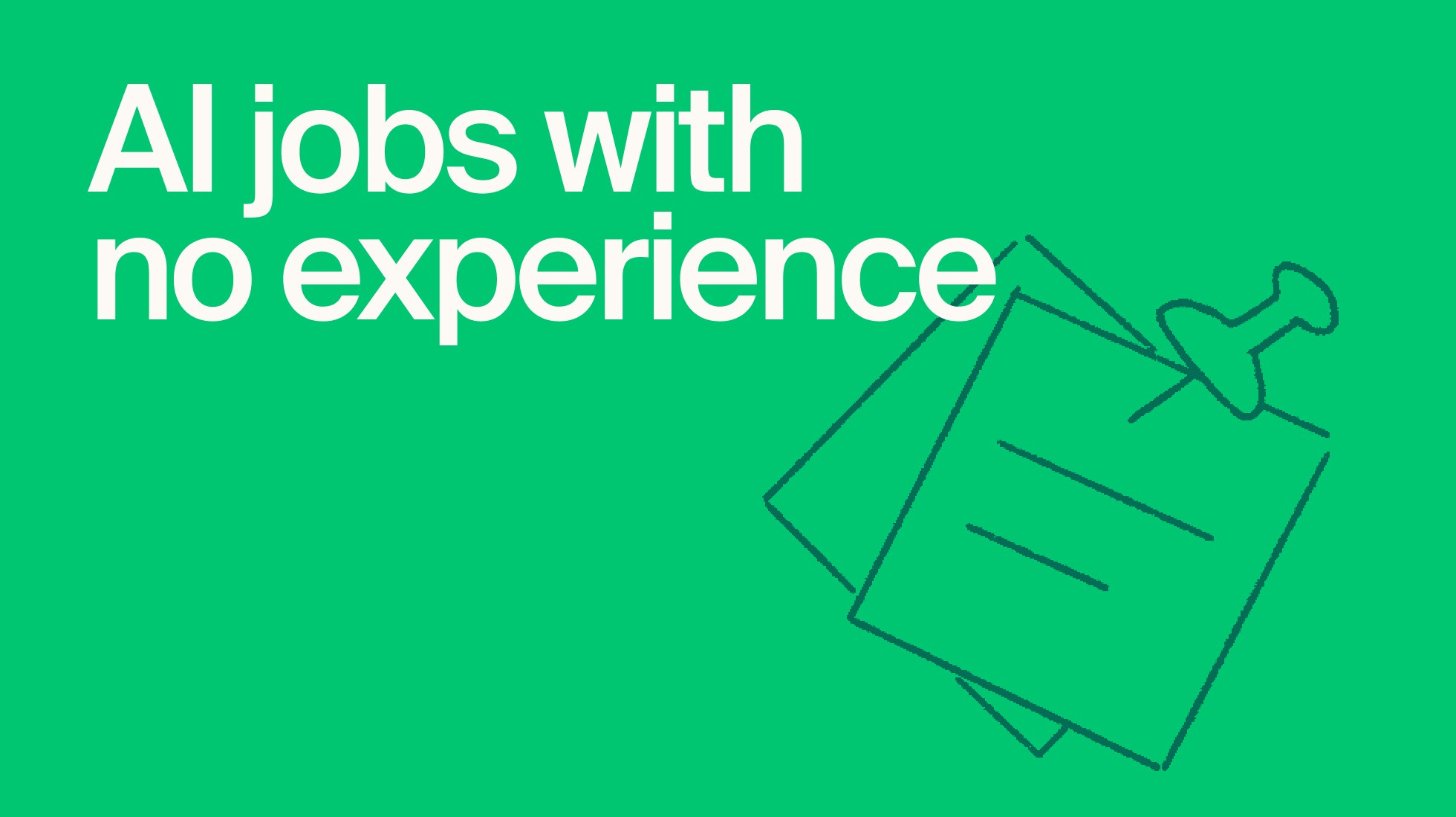AI Training
July 29, 2025
Article by
Mindrift Team
Mindrift is a platform for opportunities.
We help connect skilled AI Trainers with flexible, online projects — but we wouldn’t call it a full-time job (or even a part-time job). In fact, it’s not a job at all, but simply a way for people all around the world to contribute to cutting-edge AI projects!
According to Simon, a Senior QA at Mindrift, a lot of confusion could be avoided if contributors understood these key truths about how the Mindrift platform works upfront.
1. No project ≠ you’re offboarded or banned
Opportunities ebb and flow. Sometimes our AI Trainers are contributing consistently and sometimes, it’s crickets for weeks — or even months!
“There’s this expectation that if you don’t hear anything for a couple of weeks, something’s wrong. Then the questions start pouring in,” Simon says. But silence doesn’t mean you’re out.
Think of it as a waiting room—when the right task comes, the door opens. And learning about the project lifecycle and how the process works at Mindrift might put your mind at ease!
2. Projects are never guaranteed
We try hard to communicate this message very clearly and transparently: opportunities are project-based. And who gets the final say? Our clients, of course!
“Clients always want things at the last minute. They always want them very quickly… It’s not something Mindrift does to make it hard — it’s just the reality,” Simon explains. This doesn’t mean the work isn’t real. It means flexibility is part of the freelance deal.
Another misunderstanding we see is when contributors pass the onboarding process, hear nothing for a few weeks, and think something’s wrong. Unfortunately, passing tests doesn’t guarantee immediate project access — for many reasons:
Projects experience delays and holdups.
Client requirements change and sometimes require a complete overhaul.
Some projects launch in different phases, requiring more or less contributors.
We run into technical issues, system glitches, or onboarding problems.
“We might attract a lot of AI trainers to the project and then it turns out there’re less tasks than we anticipated so we have to move great experts to the talent pool,” Simon adds.
3. Projects are evolving — fast
“Compared to 18 months ago, the projects now are more domain-specific and complex,” Simon notes. “Instructions are longer. Expectations are higher. And automation handles more of the process.”
That means misunderstandings, especially around quality scoring, can happen. Contributors often don’t realize when offboarding decisions are made by automated systems — not personal judgment.
“It just doesn’t happen the way they think it does… Some offboarding is based on metrics that have been programmed into a system,” he explains. The best way to ensure you’re not offboarded? Read instructions carefully, complete tasks with accuracy and quality in mind, and reach out immediately if you’re experiencing problems or confusion.
4. It’s okay to ask for help
“There’s still a community element,” Simon says. “And QAs are empowered to make judgment calls, but they also need to know when to escalate.”
Every project is different. If you’re unsure about task structure, communication channels, or escalation paths — ask. It’s not a sign of weakness; it’s a sign of professionalism.
Explore AI opportunities in your field
Browse domains, apply, and join our talent pool. Get paid when projects in your expertise arise.
Get to know us a little better
Not everyone “gets” how Mindrift works at first, and that’s okay — we’re happy to help you understand! First stop: learn about the project lifecycle and talent pool concept.
Then, get to know the company a bit better by taking a peek inside Mindrift.
Article by

Mindrift Team




